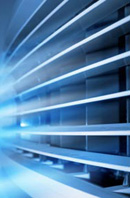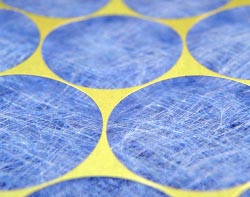|
|
||||||
| Heat Pump Because heat pumps move heat instead of generating it (unlike conventional heating and air conditioning systems), they can save you money and energy. High-end models, such as some Trane heat pumps and Carrier heat pumps, offer powerful, yet very quiet, operation. Although high-quality heat pumps, like Goodman heat pumps, Rheem heat pumps, and York heat pumps, can be expensive, the cost will be made up in energy savings over the life of the system. Heat pump systems marked with the ENERGY STAR designation are the ultimate standard in energy efficiency, and can reduce your energy bill up to 15%, in addition to the savings you will already experience just by using a heat pump system. Like any other air conditioning unit, heat pumps benefit greatly from regular maintenance. Changing or cleaning the system’s air conditioning filters will decrease the allergens and debris released into the air and also stop vents from becoming clogged. If your system stops working, heat pump troubleshooting can be straightforward, if you know what you’re looking for. The most common complaint about heat pumps is that the air conditioner will turn on in the winter, when the system is set on heating mode. In cold temperatures, ice will often collect on the heating coils, so the heat pump will switch to air conditioning mode in order to melt the ice. The fix is easy: simply wait for the ice to melt, and the heat pump should revert back to heating mode. Heat pumps should also be examined annually by a heat pump technician, who can diagnose problems and replace heat pump parts accordingly. According to the US Department of Energy, a professional should do the following:
|
| FAQs Resources Sitemap Contact Us Directory All Rights Reserved © Copyright 2007 Air-Conditioning-Filters.com |



